2015 was another great year for archaeological and historical research. Amazing discoveries were made all over the world and provided more windows into the lives of our ancestors. Studies that intertwined myths and legends with science created spectacular results, and showed us how the past and present continue to be connected. This year, the Top Ten list of Historical and Archaeological Discoveries is based on the articles that Ancient Origins’ readers chose to view time and again.
Mesoamericans could create liquid mercury by heating mercury ore, known as cinnabar. They used it to decorate jade objects and color the bodies of their royalty. Traces of mercury have been found at three other sites, two Maya and one Olmec, around Central America, but none in such large quantities as that discovered beneath the Temple of the Feathered Serpent.
10. The Mummified Monk Inside a Buddha Statue
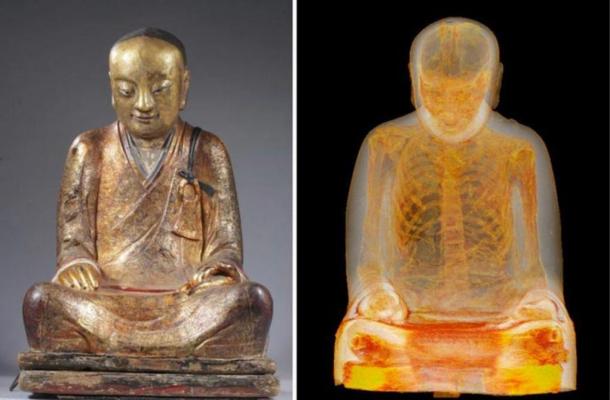
9. Scientists Believe They Have Found the Origins of the Unique Basque Culture
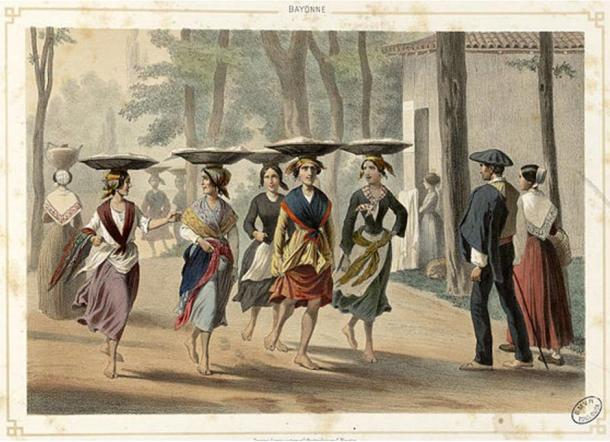
The Basque people have been an enigma to anthropologists for years. With a unique language, traditions, and customs, Basque origins have long been a mystery. Researchers now believe they have finally pinpointed the beginnings of this special group of people - from the results of a study of eight ancient skeletons found in a cave in northern Spain.
The results of DNA analysis suggest that prehistoric Iberian farmers are the closest match to the modern Basques. This new information contradicts the previously held belief that the Basque ancestors we earlier groups of pre-agricultural hunter gatherers. Furthermore, the scientists claim that the ancient ancestors to the Basques arrived in the region, mixed with some other farmers and hunter gatherers…and then were isolated.
8. Ultraviolet Light Reveals Hidden Text in Ancient Book of Arthurian Stories
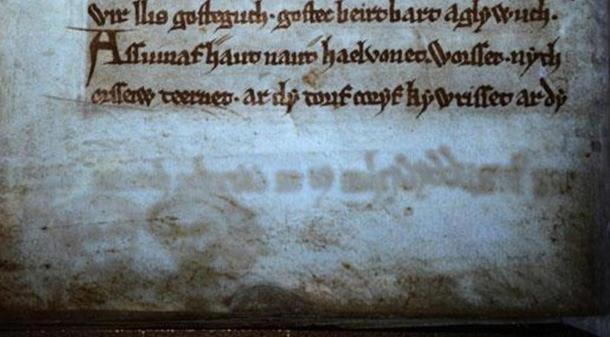
A man who owned the book in the 16th century, probably Jaspar Gryffyth, erased verse, doodles, and marginalia that had been added to the manuscript over the centuries as it changed hands. Using photo-editing software and ultraviolet light to examine the vellum pages, the scholars revealed poetry that is unknown in the Welsh canon. The poems are fragmentary, but they hope with further analysis they can read the text, which they think is the ending of a poem on a preceding page and a new poem at the bottom of the page.
7. Unlooted Etruscan Tomb Complete with Sarcophagi and Treasures Unearthed in Italy
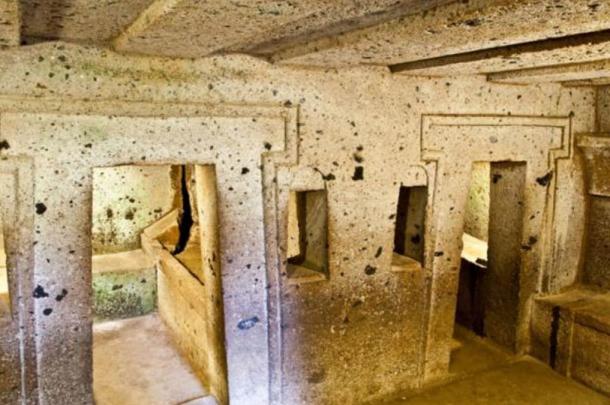
Archaeologists made a rare discovery near the small town of Città della Pieve, near Perugia in Italy – a 2,400-year-old sealed and untouched Etruscan tomb. The burial chamber contained sarcophagi and a wealth of grave goods, providing a fascinating window into the mysterious civilization that disappeared around two millennia ago. The contents of the discovered tomb have been transferred to a museum in Città della Pieve in order to conduct restoration and further study. There are plans to display the findings to the public in the near future.
The marble sarcophagus contained a male skeleton and bears a long inscription, including the name “Lars”, which may refer to the individual inside the coffin. The sarcophagus covered with plaster also contained an inscription, however, the coffin was damaged in a collapse that occurred in antiquity and the inscription is now in thousands of fragments. Nevertheless, the sarcophagus remains sealed and archaeologists expect to find another skeleton inside.
6. Tomb of Previously Unknown Queen in Egypt
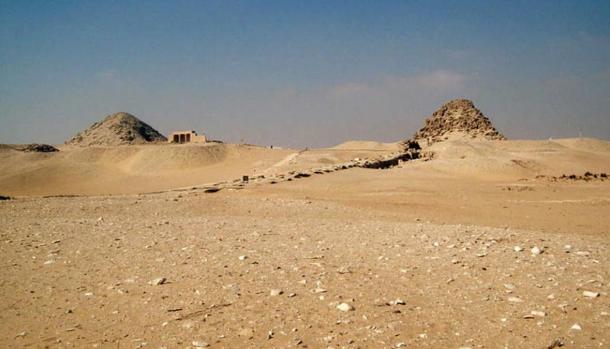
A team of Czech archaeologists discovered a tomb in an ancient Egyptian necropolis that belongs to a Pharaonic Queen, who ruled around 4,500 years ago and was previously unknown to historians. The tomb was found in Abu Sir, often called the ‘site of the forgotten kings of the 5th Dynasty’.
The tomb belongs to a wife of Neferefre who was named Khentakawess III. Two previous queens of Neferefre with the same name had already been identified, but a third queen was not known about. Al-Damaty said it was the “first time we have discovered the name of this queen who had been unknown before the discovery of her tomb”. He added that her name and rank had been inscribed on the inner walls of the tomb. Archaeologists found around 30 utensils, 24 made of limestone and four of copper, inside Khentakawess III’s tomb.